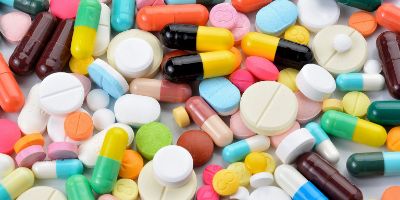Here are our tips on how to cope with sleep deprivation as a new mum:
Sleep when you can: Everyone will tell you to ‘sleep when the baby sleeps’ but you probably won’t! All mums know this is the only time you have to shower, eat, have a hot cut of tea or run around being excited about having a sleeping baby. However, it is important to try and recoup lost sleep and you will feel a lot better for it. Set aside at least a couple of nap times a week to sleep, the housework can wait. And if you have other children which makes naptime naps impossible, go to bed at the same time as them in the evening.
Drink lots of water: You’ll feel worse if you are dehydrated, so make sure you drink lots of water. Reports are conflicting about caffeine, but have a coffee or tea if you think it will wake you up.
Make sure you eat properly: It’s easy to skip meals or survive on toast when you have no free hands, but eating a balanced meal and lots of fruit and veg will give you energy for the day. Try not to carb-load or have too many sugary snacks, as tempting as they are when you’re tired.
Get someone else to hold the baby: Have a nap when your partner is around. Or try and find time when a grandparent, or a visitor, is there and get them to look after the baby for an hour while you sleep.
If you can’t sleep, rest: When you’re really tired, try and down tools to do as little as possible, especially when you have another child. Have a movie day or TV afternoon. Set out some toys of the floor while you relax on the sofa. Let them play in the garden to burn off steam, where you can sit and watch.
Take a break if you feel stressed: Sleep deprivation can leave you feeling foggy and probably more than a little bit grumpy. It’s easy to snap when you’re sleep deprived, especially when it seems like your children won’t listen and are demanding a lot. If you feel like you’re going to get angry, make sure they are all safe and leave the room to catch your breath and clear your head.
Accept all offers of help: Sleep deprivation is tough and it’s hard to operate as normal. Accept all offers of help, from meals through to letting someone else do the washing up.
Be kind to yourself! The most important tip of all for when you cope with sleep deprivation is to be kind to yourself. It’s hard to operate as normal, although everyone still expects you too, and sleep deprivation can make you snappy and grumpy with those around you. You’re doing the best job you can, and don’t forget that.

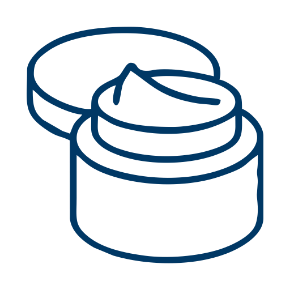
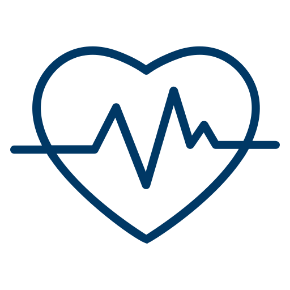
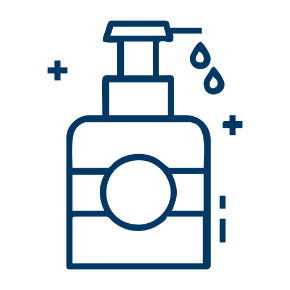
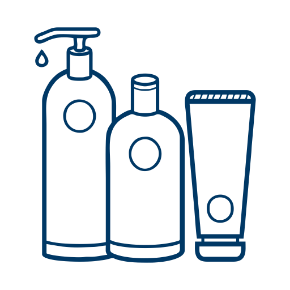
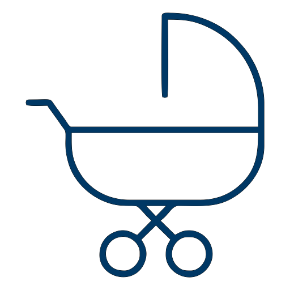
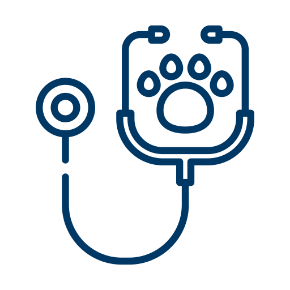


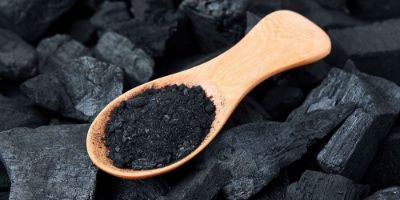
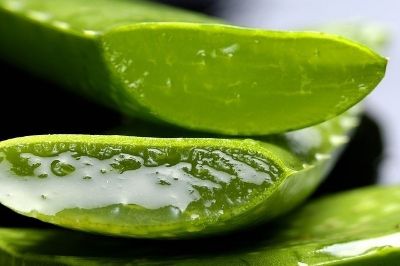

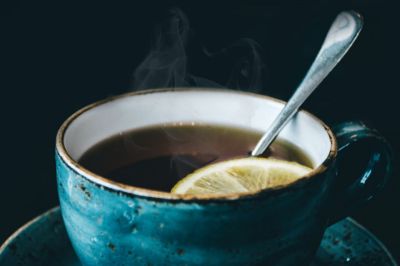
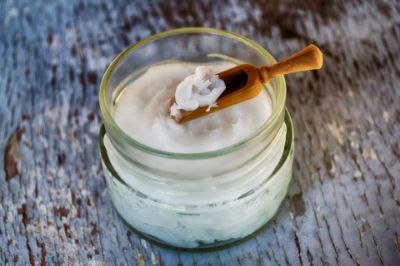
_400.png)
